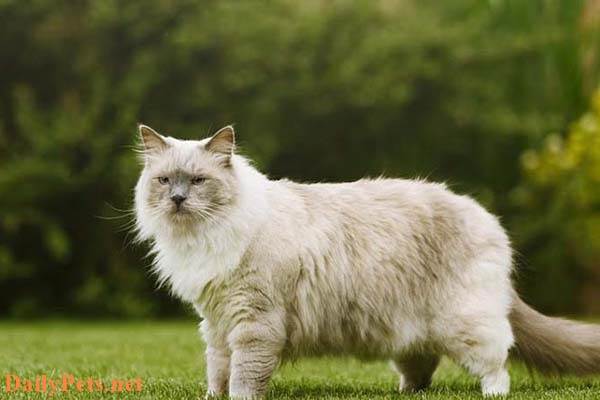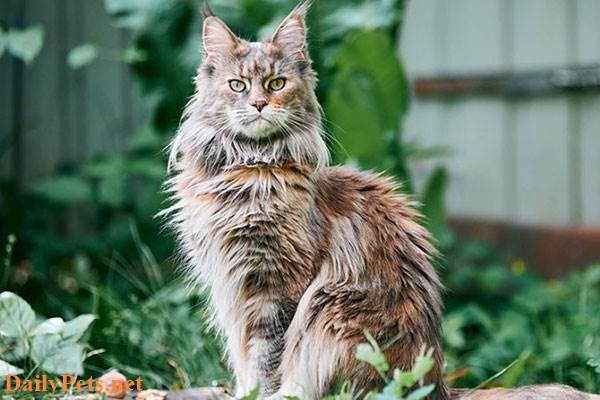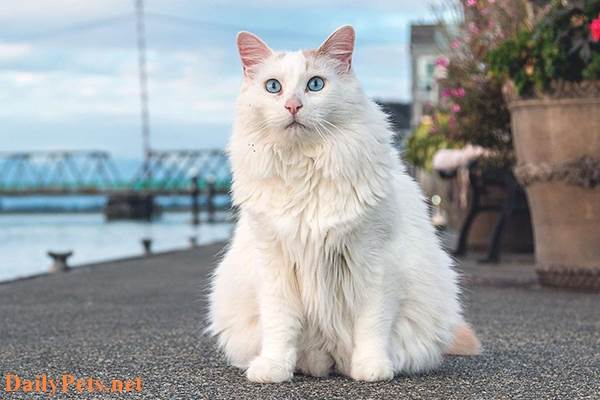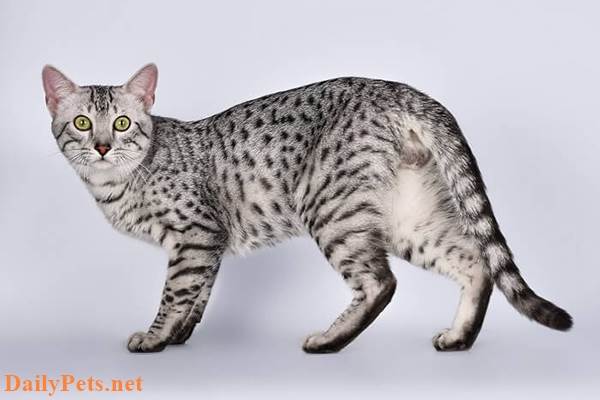Join DailyPets.net to learn about the origin, characteristics, and care of Russian Blue cats through this article.
The origin of the Russian Blue Cat
According to some documents, the Russian Blue Cat was discovered in the late 19th century in the port of Archangel in Russia. Therefore, they are also known as Archangel cats. In 1800, they were recognized by the World Cat Association and became very popular pets of the nobility. And so far, the Russian blue cat is still sought after and loved by animal lovers.
Characteristics of the Russian Blue Cat
Russian Blue cat shape
The Russian Blue cat has a small but slim, toned appearance. They move very flexibly. The head is slightly pointed, and the legs are long. Adult cats are about 28-35 cm tall and weigh 2-3.5 kg in females and 3-5 kg in males.

Russian Blue Cat breed.
Russian Blue cats have a bluish-silvery color, are quite thick and fluffy, and have a few white spots on the body. The most special thing about this cat, in addition to the color of the coat, is its beautiful and magical turquoise eyes. Those eyes are the “weapon” that makes pet lovers fascinated and excited.
Personality and life habits of Russian Blue cats
Russian Blue cats usually have a gentle, calm, and peaceful personality. They love to look around. The Russian Blue cat, once received, will be very loyal and affectionate, always wanting to receive cuddles from the owner. They also get along very well with children and suit families with babies.
Russian Blue Cat’s Lifespan
Russian Blue cats can live from 10 to 16 years. Their longevity and health depend greatly on their diet, care, and, importantly, the love you give them.
How to take care of a Russian Blue cat
Russian Blue cats do not have many strict requirements in care. However, to ensure the health of the “baby” in the best way, you need to note the following:
Create a comfortable, quiet, and close to the owner
Russian Blue cats do not like to exercise much and are very attached to their owners, easily hurt mentally. Therefore, you should pay attention not to let the “baby” live in an environment that is too cramped, cramped, noisy, and far from the owner. This is easy to stress the cat and causes illness.

Full vaccination and regular eye care
Pay attention to complete rabies vaccination and diseases for your “boss.” The beautiful eyes of the Russian Blue cat need a lot of care. You should regularly use a soft cloth or soft cotton to gently wipe the corners of the eyes and around the eyes for them. This will prevent their eyes from getting infected.
Maintain a sufficient and stable diet, and do not change food too suddenly
Although Russian Blue cats are easy to eat, you should consider the balance of cat food and ingredients to ensure adequate nutrition. To avoid them being undernourished or obese, eat only 2 meals a day. Currently, many of you have used ready-made dry food for cats, but pay attention not to change the type of food so often that they will not get used to the food and stop eating.
In addition, it is recommended to add fiber in vegetables and tubers for cats to help them feel fuller longer and avoid loading too much substance into the body.
Bathing and hair care
The Russian Blue cat has a fluffy coat and is easy to shed, especially during the molting seasons. To keep them clean and their coat nice and soft, you should pay attention to brushing and bathing them regularly.
Russian Blue Cat price
Russian Blue cats are rare cats, so they are quite expensive. The price is usually based on the origin and quality of the cat’s breed.





